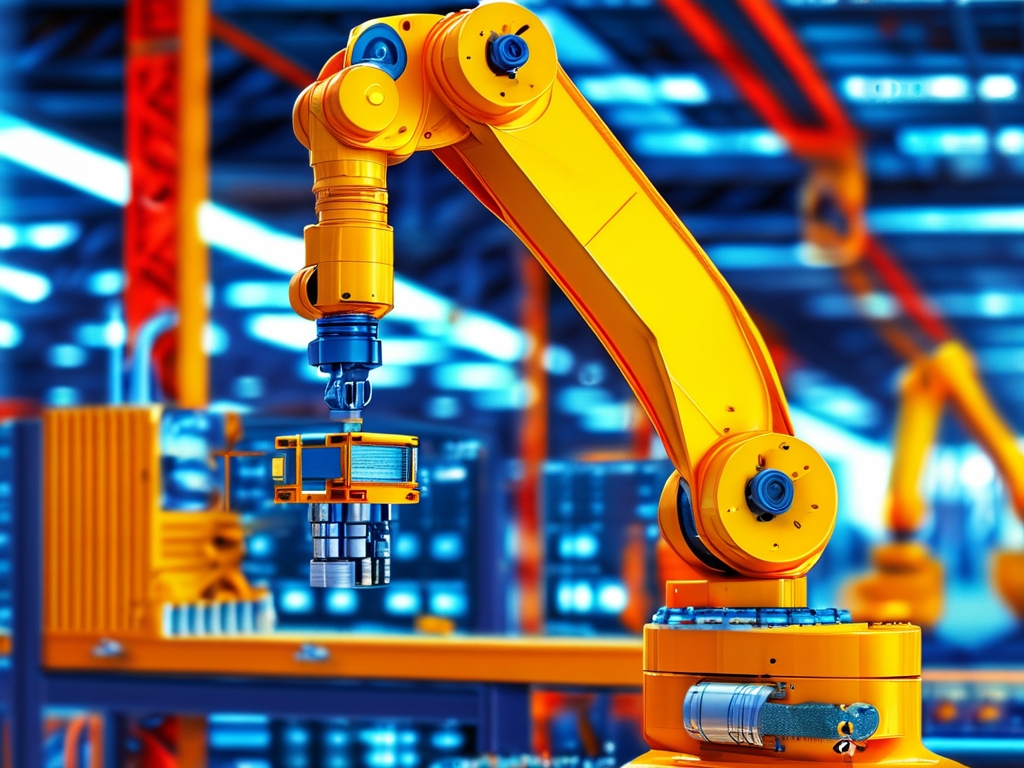Load balancing technology has become the backbone of modern digital infrastructure, enabling seamless scalability, high availability, and optimal resource utilization. As applications and services grow in complexity, the evolution of load balancing techniques has followed a dynamic roadmap, shaped by emerging technologies and shifting demands. This article explores the historical progression, current state, and future directions of load balancing, offering insights into its transformative role in networking and cloud computing.

1. Historical Evolution of Load Balancing
The journey of load balancing began in the 1990s with basic DNS Round Robin, a primitive method that distributed traffic across multiple servers by rotating IP addresses. While simple, this approach lacked intelligence in handling server health or traffic spikes. The early 2000s saw the rise of hardware-based load balancers (e.g., F5 BIG-IP), which introduced advanced features like SSL termination, health checks, and Layer 7 routing. These devices became critical for enterprises but were expensive and inflexible.
The advent of software-defined networking (SDN) and virtualization in the 2010s revolutionized load balancing. Solutions like NGINX and HAProxy emerged, offering cost-effective, programmable alternatives. Cloud providers further democratized access with built-in services like AWS Elastic Load Balancer (ELB) and Azure Traffic Manager, integrating load balancing into global-scale architectures.
2. Current State of Load Balancing Technologies
Today, load balancing operates across multiple layers:
- Layer 4 (Transport Layer): Focused on TCP/UDP traffic distribution using algorithms like Least Connections or Weighted Round Robin.
- Layer 7 (Application Layer): Enables content-aware routing, supporting HTTP/HTTPS, gRPC, and WebSocket protocols.
- Global Server Load Balancing (GSLB): Distributes traffic across geographically dispersed data centers, leveraging DNS and real-time latency metrics.
Modern systems prioritize automation and observability. Kubernetes’ Ingress Controllers and service meshes like Istio automate traffic management in microservices environments. Meanwhile, AI-driven platforms analyze metrics like latency, error rates, and server load to dynamically adjust routing policies.
3. Key Innovations Driving the Roadmap
a. AI and Machine Learning Integration
AI is transforming load balancing from reactive to predictive. Algorithms now forecast traffic patterns, preemptively scaling resources or rerouting traffic to avoid bottlenecks. For example, Google’s Maglev system uses machine learning to optimize packet routing in real time.
b. Edge Computing and 5G
The rise of edge computing demands decentralized load balancing. Edge-native load balancers process traffic closer to users, reducing latency. 5G networks amplify this need, requiring ultra-low-latency routing for IoT and augmented reality applications.
c. Quantum-Safe Load Balancing
As quantum computing advances, traditional encryption methods face risks. Future load balancers will integrate post-quantum cryptography to secure traffic distribution in a quantum-threat landscape.
d. Serverless and Function-as-a-Service (FaaS)
Serverless architectures challenge conventional load balancing by abstracting infrastructure. Platforms like AWS Lambda require event-driven balancing, where traffic is routed to ephemeral functions rather than persistent servers.
4. Challenges and Future Directions
Despite progress, several hurdles remain:
- Scalability vs. Complexity: Balancing granular control with ease of use in hybrid environments.
- Security Integration: Mitigating DDoS attacks without compromising performance.
- Interoperability: Ensuring compatibility across multi-cloud and legacy systems.
Looking ahead, the roadmap points to:
- Autonomous Load Balancing: Fully self-healing systems requiring zero human intervention.
- Blockchain-Based Trust: Decentralized consensus mechanisms for verifying node health.
- Energy-Efficient Algorithms: Reducing carbon footprints by optimizing resource allocation.
5.
The roadmap of load balancing technology reflects the broader trajectory of digital innovation—shifting from static hardware to intelligent, adaptive software. As networks grow more distributed and applications more demanding, load balancing will remain a cornerstone of reliability and performance. Future advancements in AI, edge computing, and quantum resilience will redefine how traffic is managed, ensuring that this critical technology evolves in lockstep with the needs of a hyperconnected world.


